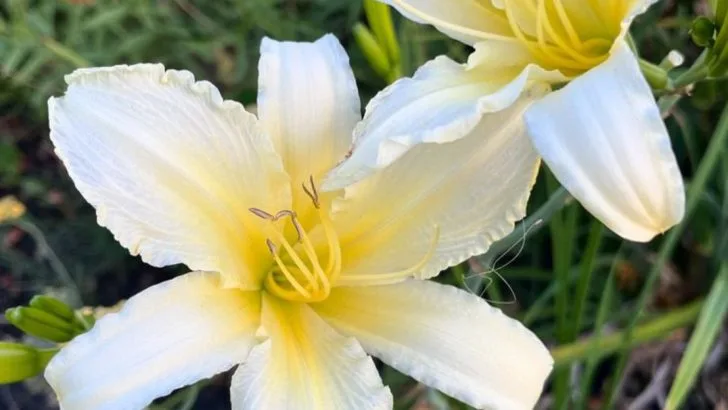Dividing perennials isn’t just a way to get more plants for free — it can also make them healthier, fuller, and more vibrant. In fact, some perennials actually thrive after being split, producing more blooms and lusher growth than ever before.
In this article, we reveal 15 perennials that respond beautifully to division, along with 5 popular varieties that prefer to be left alone. Knowing which plants to divide — and which to leave intact — can save you time and protect your garden’s long-term health.
Give your garden a boost by learning the simple science behind smart plant splitting.
Daylilies
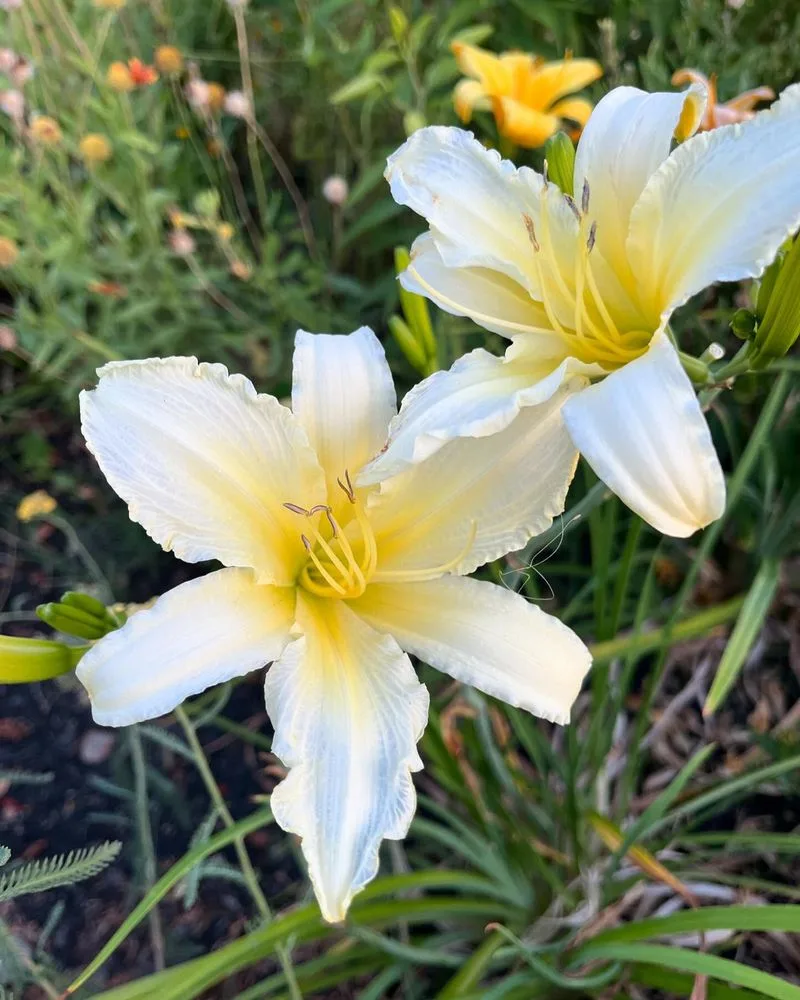
Daylilies are crowd-pleasers, boasting vivid blossoms that captivate any garden. These perennials revel in division, thriving when given space to spread their roots. Dividing them every few years not only invigorates their growth but also enhances their blooming potential.
Imagine a summer garden, bursting with daylilies, each bloom a promise of sunny days. Their resilience and eagerness to flourish make them an excellent choice for gardeners eager to multiply their floral displays. Don’t hesitate to split them, as they reward you with a cascade of color.
Hostas
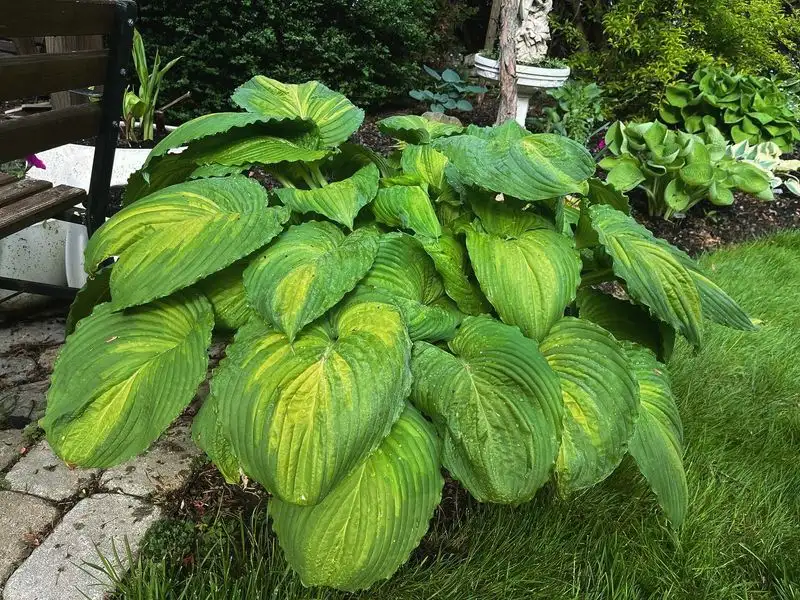
Hostas, known for their stunning foliage, love a good divide. When their lush leaves start crowding, it’s time to give them room to breathe. Split them in spring or autumn to promote healthier growth and more vibrant foliage.
Visualize a shaded corner where hostas unfold their wide leaves like green umbrellas, creating a soothing space. Their adaptability and beauty make them a staple in gardens, thriving after division like they’ve been given a fresh lease on life.
Irises
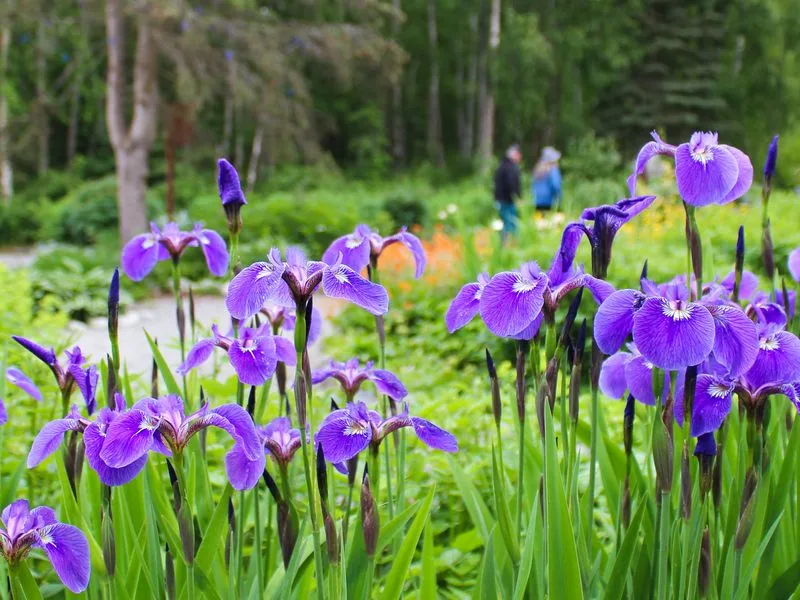
Irises are garden gems, with their intricate petals and striking colors. Over time, these beauties can become overcrowded. Dividing them every few years rejuvenates their appearance and enhances their flowering.
Picture a garden path lined with irises, their purple and yellow petals catching the light. By dividing and replanting, you ensure that these elegant blooms continue to grace your garden with their regal presence.
Peonies

Peonies are beloved for their large, fluffy blooms and intoxicating fragrance. Though they prefer not to be disturbed often, dividing them every decade encourages more prolific flowering.
Envision a garden border where peonies stand proudly, their pink blooms nodding gently in the breeze. Proper division renews their vigor, ensuring these floral giants continue to impress season after season.
Sedum
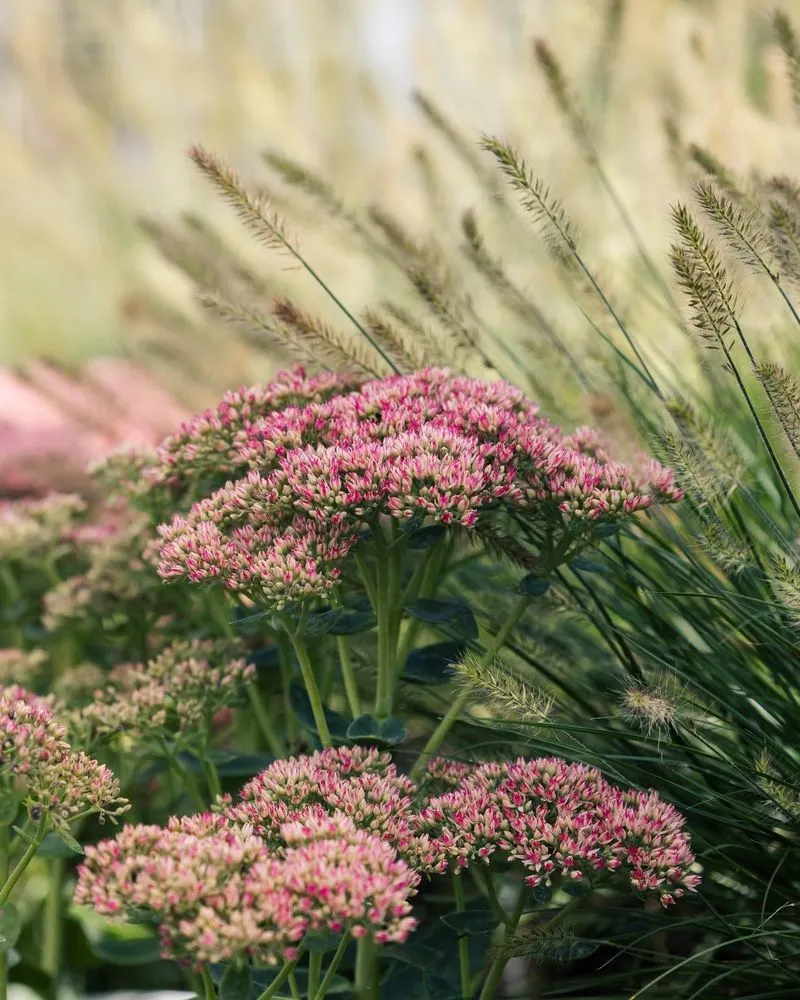
Sedum, with its succulent leaves and star-shaped flowers, thrives when divided. These hardy plants benefit from division, as it prevents overcrowding and promotes healthier growth.
Imagine a rocky garden corner dotted with sedum, each plant a testament to resilience. Their ability to bounce back after being split makes them a reliable choice for gardeners seeking low-maintenance beauty.
Bee Balm
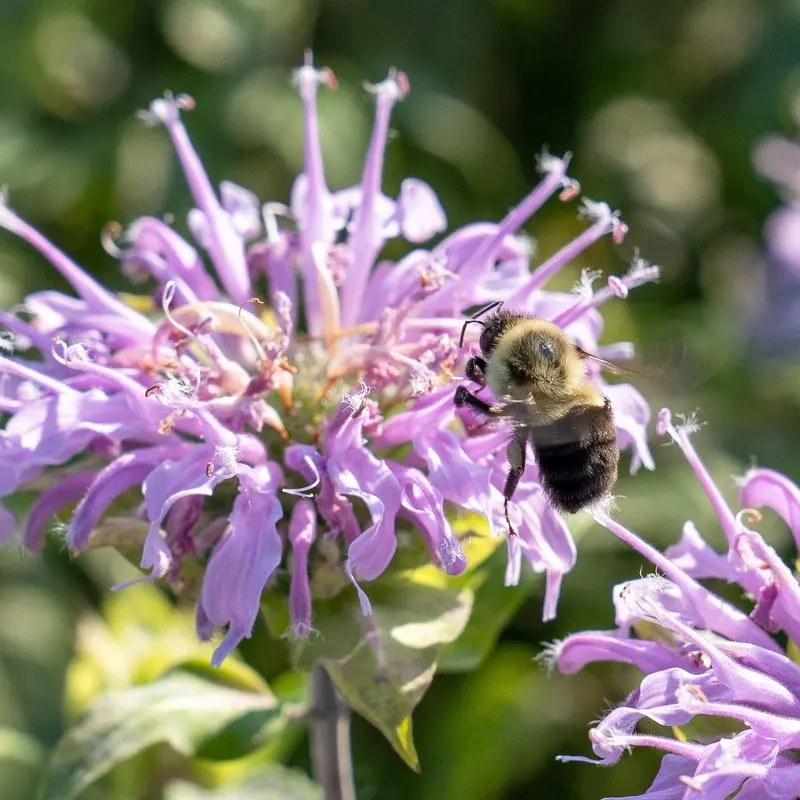
Bee balm, with its fiery red blossoms and aromatic leaves, is a favorite among pollinators. Dividing these plants every few years keeps them healthy and vigorous.
Visualize a garden buzzing with activity, where bee balm attracts bees and hummingbirds, each flower a beacon for wildlife. By giving them space to grow, you ensure a lively garden filled with color and movement.
Shasta Daisies
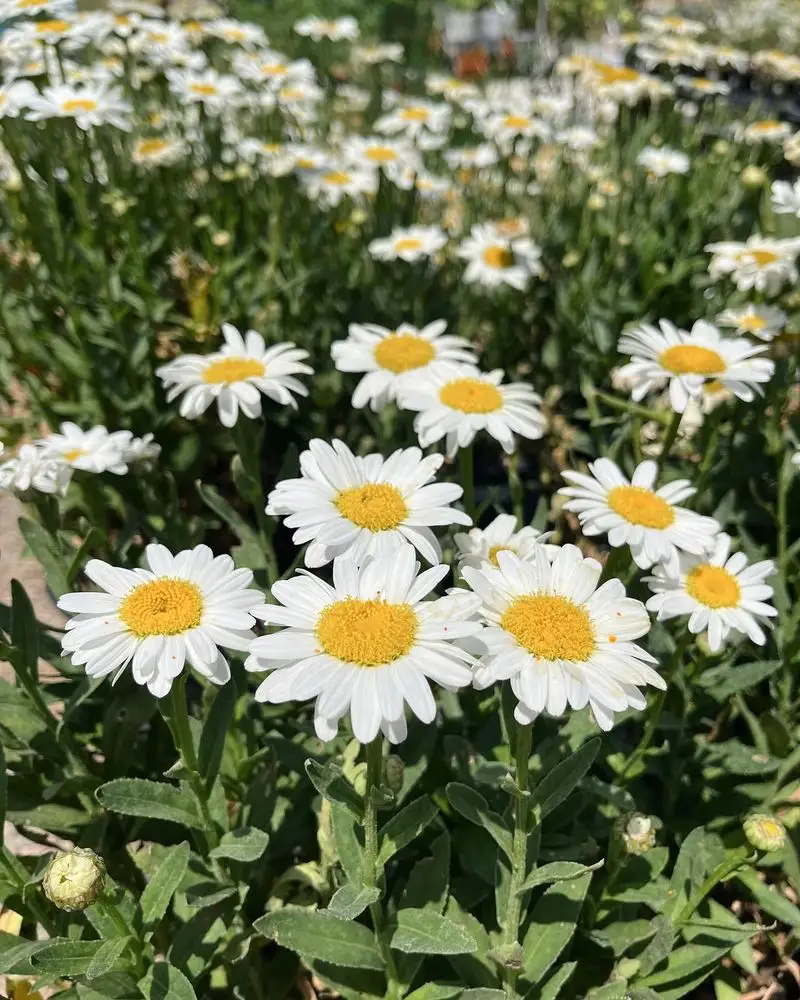
Shasta daisies lend a classic charm to gardens with their cheerful white flowers. Dividing them every two to three years helps maintain their vigor and increase the number of blooms.
Picture a meadow of shasta daisies swaying gently, their faces turned toward the sun. Regular division ensures these perennial favorites continue to bring joy and brightness to any landscape.
Astilbe
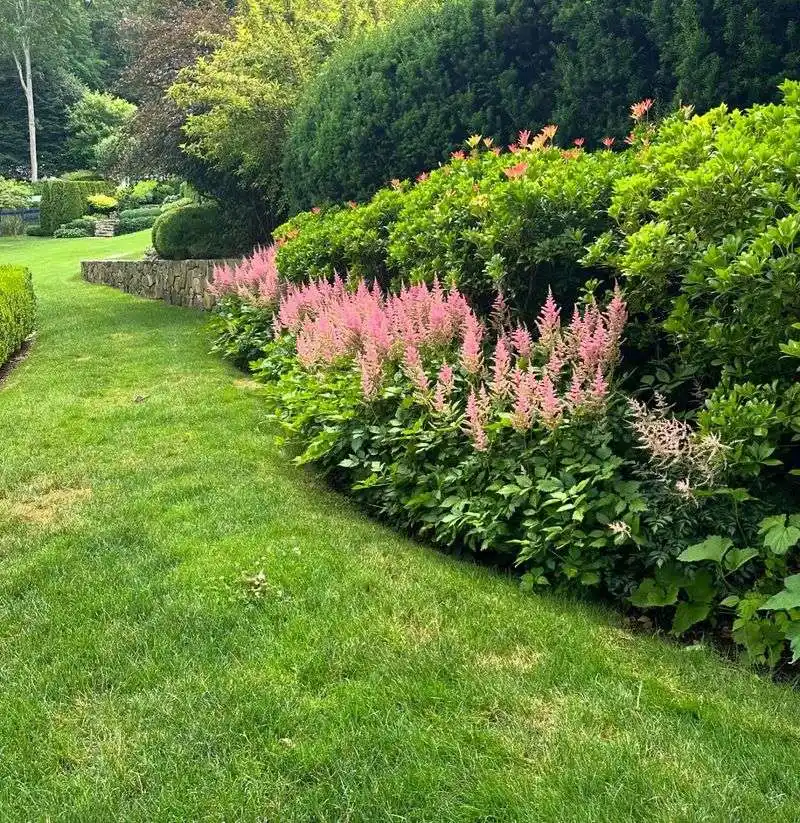
Astilbe thrives in shaded areas, offering feathery plumes in shades of pink and white. Dividing these perennials rejuvenates their growth and enhances their flowering potential.
Imagine a quiet, shaded garden nook where astilbe adds a touch of elegance with its soft plumes. By dividing them, you ensure they remain a focal point, gracing your garden with their gentle beauty year after year.
Phlox
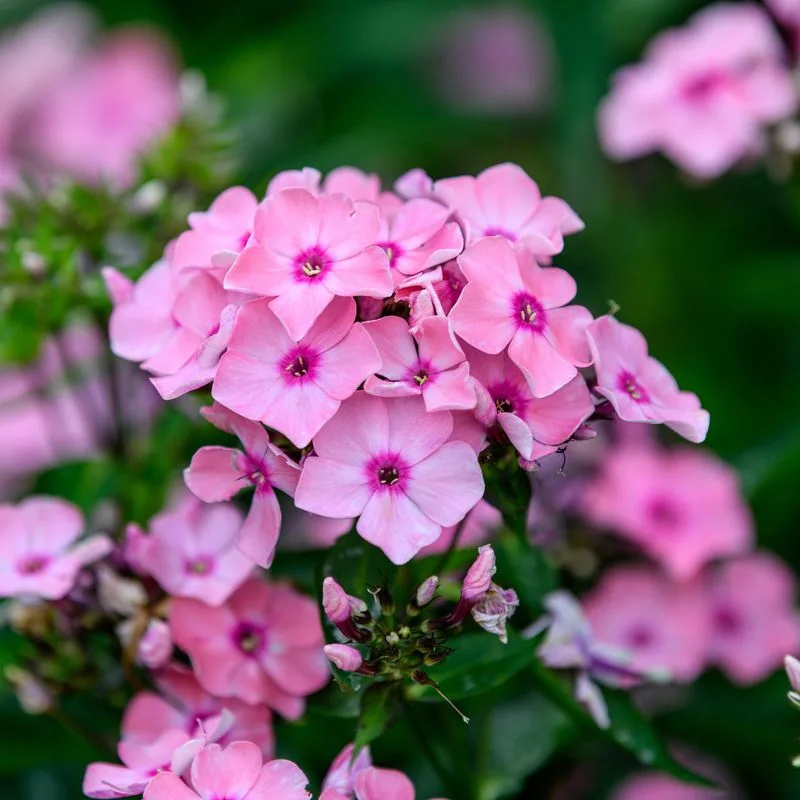
Phlox, with its dense clusters of colorful blooms, benefits from division to prevent overcrowding. Splitting these plants encourages more robust growth and a greater floral display.
Visualize a garden alive with phlox, each bloom a splash of pink, purple, or white. Regular division helps maintain their vitality, ensuring they continue to be a highlight in any garden setting.
Yarrow
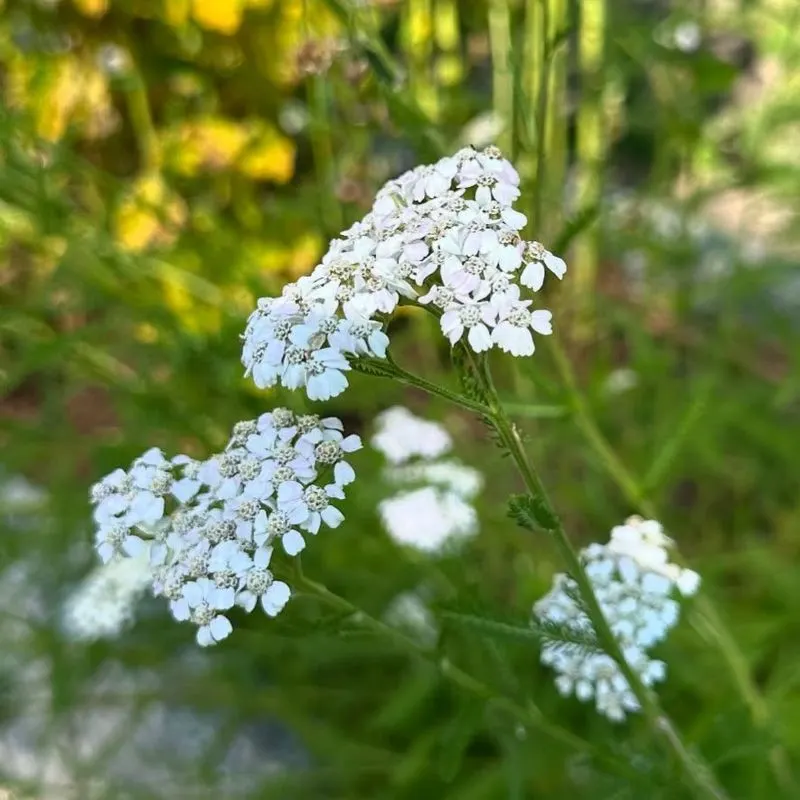
Yarrow is a sun-loving perennial with clusters of tiny flowers that can benefit from division. This process encourages stronger plants and helps manage their spread.
Imagine a sunny patch of garden where yarrow stands tall, their yellow and white blooms waving gently. Dividing these perennials not only keeps them healthy but also prevents them from overtaking your garden space.
Liriope
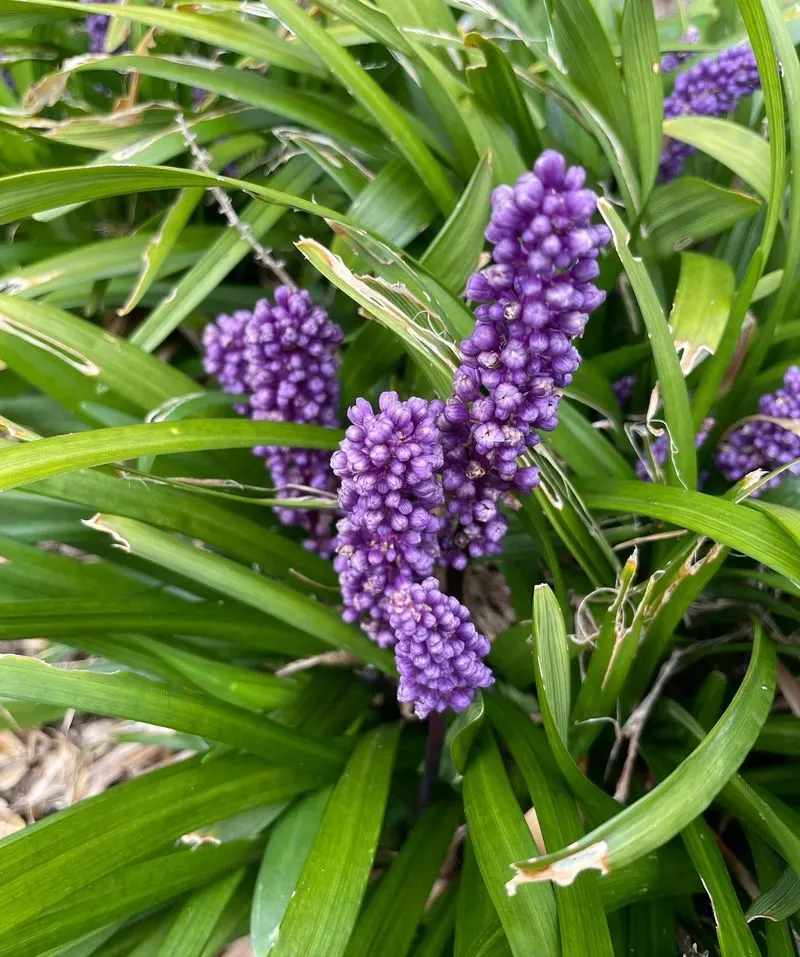
Liriope, often used as border plants, thrive when divided. Their grassy leaves and purple flower spikes are invigorated by the process, enhancing their growth and appeal.
Picture a garden walkway bordered by liriope, their foliage creating a neat, polished look. Regular division ensures these plants maintain their role as a beautiful, reliable edging throughout the seasons.
Black-eyed Susans
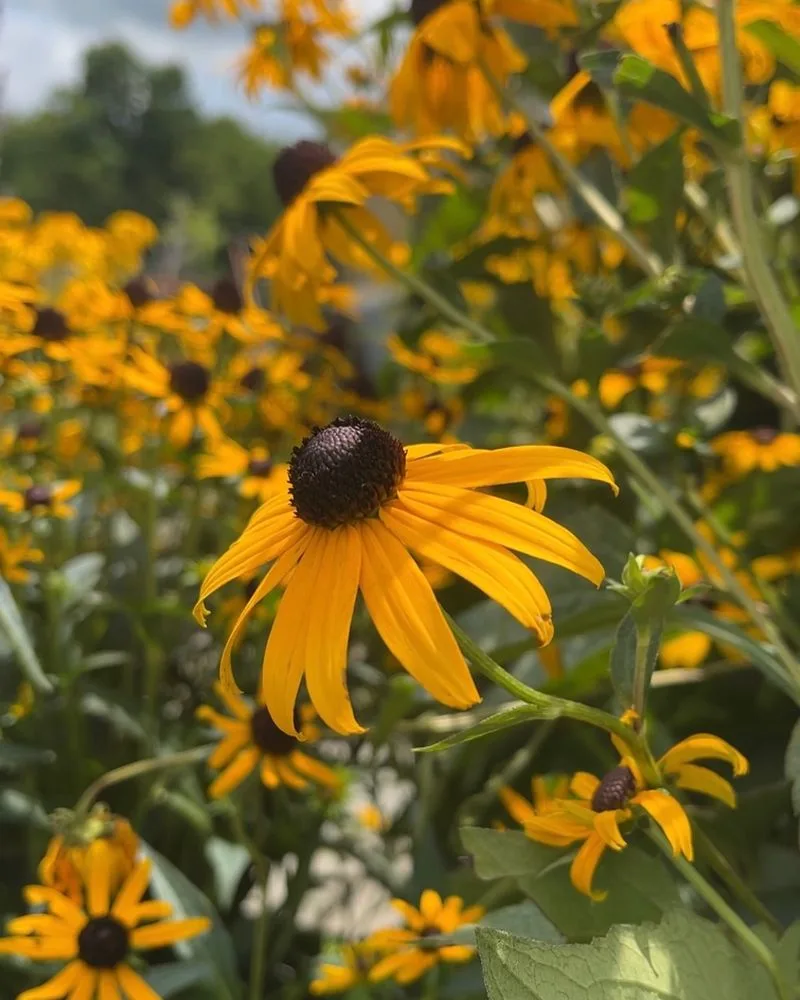
Black-eyed Susans, with their sunny yellow petals, love a good divide to keep blooming profusely. This process helps them maintain their vigor and spread their cheerful presence across the garden.
Visualize a field of these golden blooms, each one a bright spot in the landscape. Splitting them every few years ensures they continue to bring warmth and joy to any outdoor space.
Coreopsis
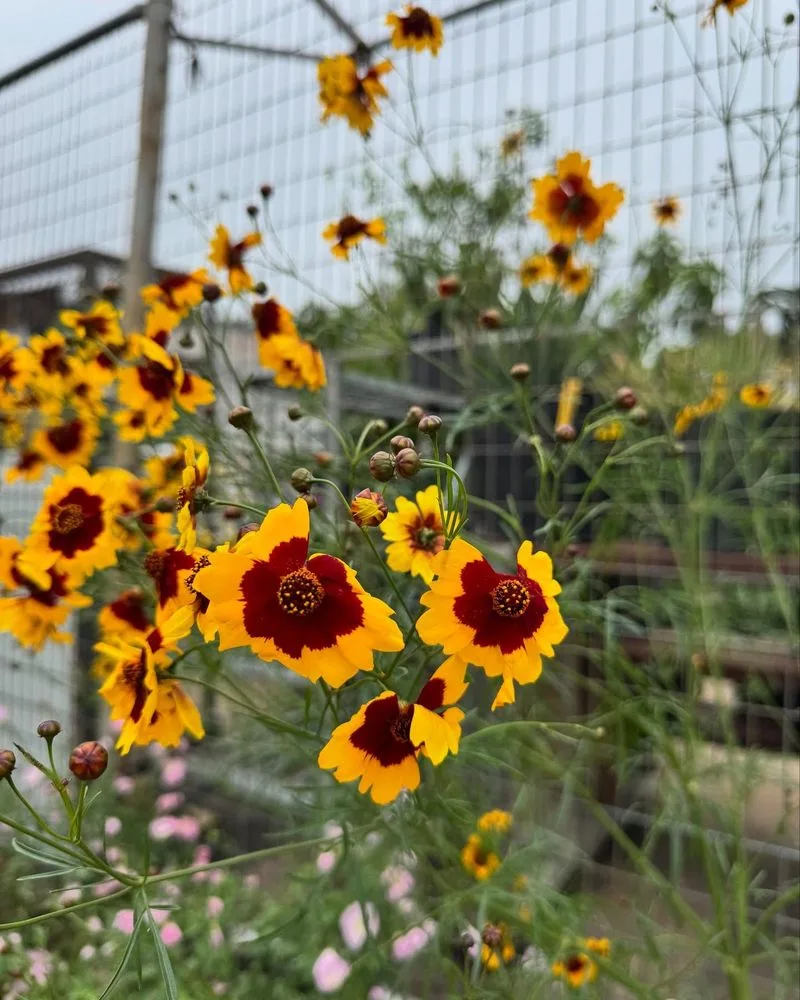
Coreopsis, known for their sunny disposition, flourish when divided. This procedure rejuvenates the plants, encouraging more abundant blooming and healthier growth.
Imagine a garden bed glowing with coreopsis, their golden yellow flowers standing out against the green. By dividing them, you help these cheerful plants continue to brighten your garden with their vibrant presence.
Balloon Flower
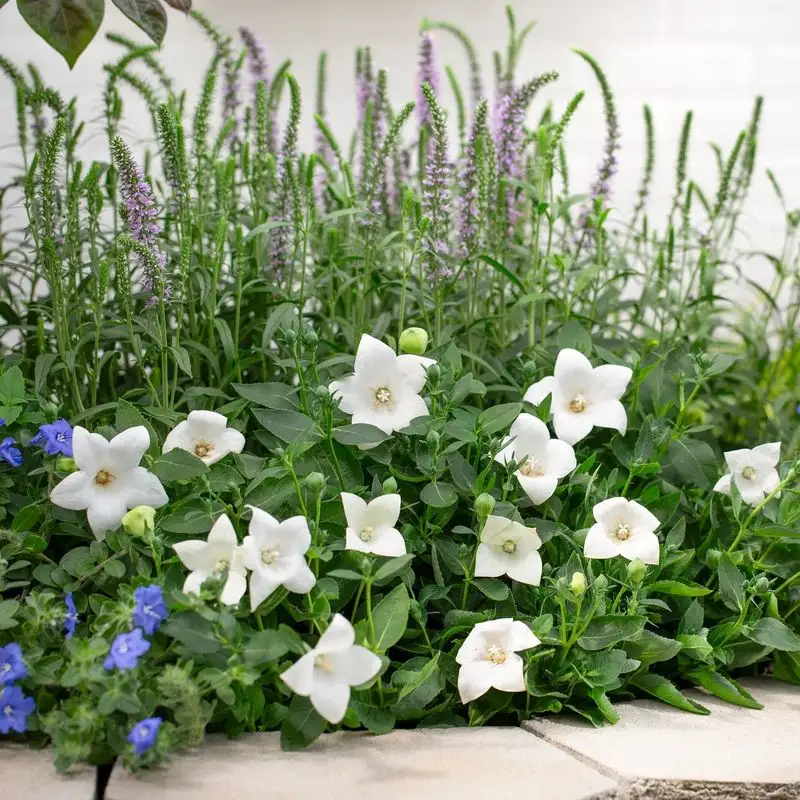
Balloon flowers are unique, with their balloon-like buds that burst into star-shaped blooms. Dividing them ensures they don’t become too crowded, promoting healthier plants.
Picture a garden corner where balloon flowers add a whimsical touch, their buds ready to surprise. By splitting them, you maintain their health and allow their charming flowers to continue enchanting your garden visitors.
Catmint
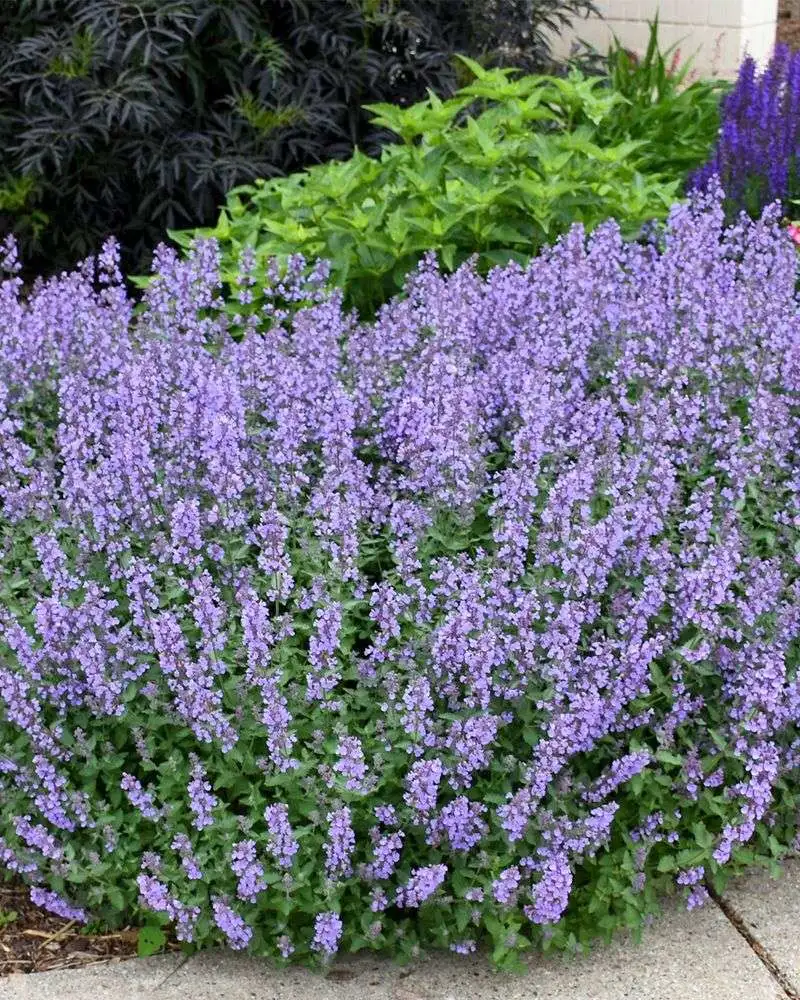
Catmint is adored for its lavender-blue flowers and aromatic foliage, thriving with division. This process invigorates the plants, ensuring they remain a favorite among gardeners and pollinators alike.
Imagine a garden buzzing with life, where catmint draws in bees and butterflies. Regularly dividing these plants helps keep them healthy and prolific, ensuring they continue to delight and attract wildlife.
Lavender
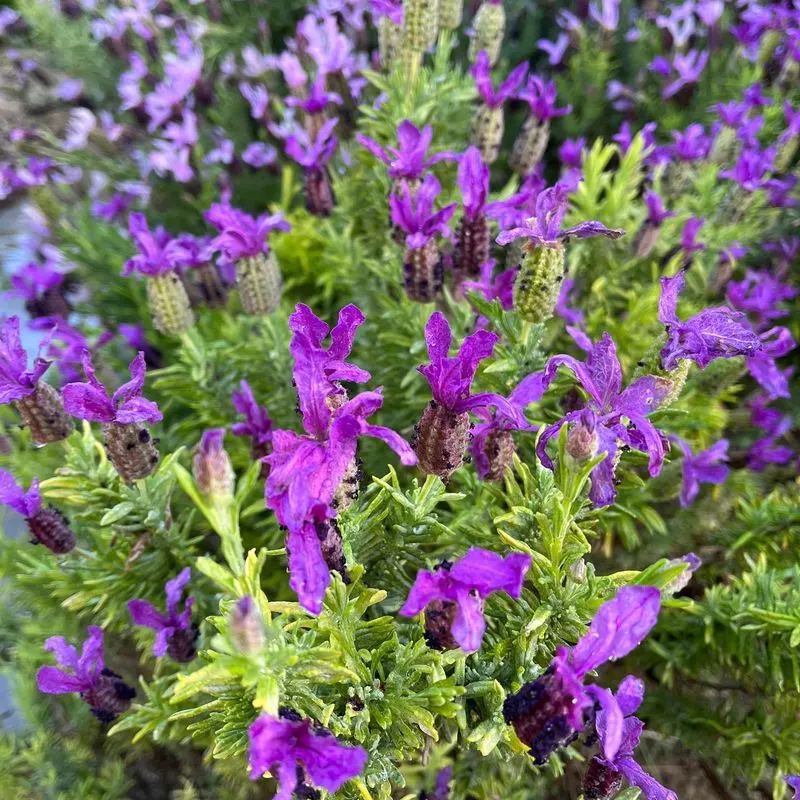
Lavender, with its soothing scent and silvery foliage, loves to spread. Dividing these fragrant perennials keeps them healthy and prevents them from becoming woody.
Picture a Mediterranean-style garden where lavender fills the air with its calming aroma. By dividing them, you ensure these beloved plants continue to thrive, adding both beauty and fragrance to your outdoor spaces.
Butterfly Bush
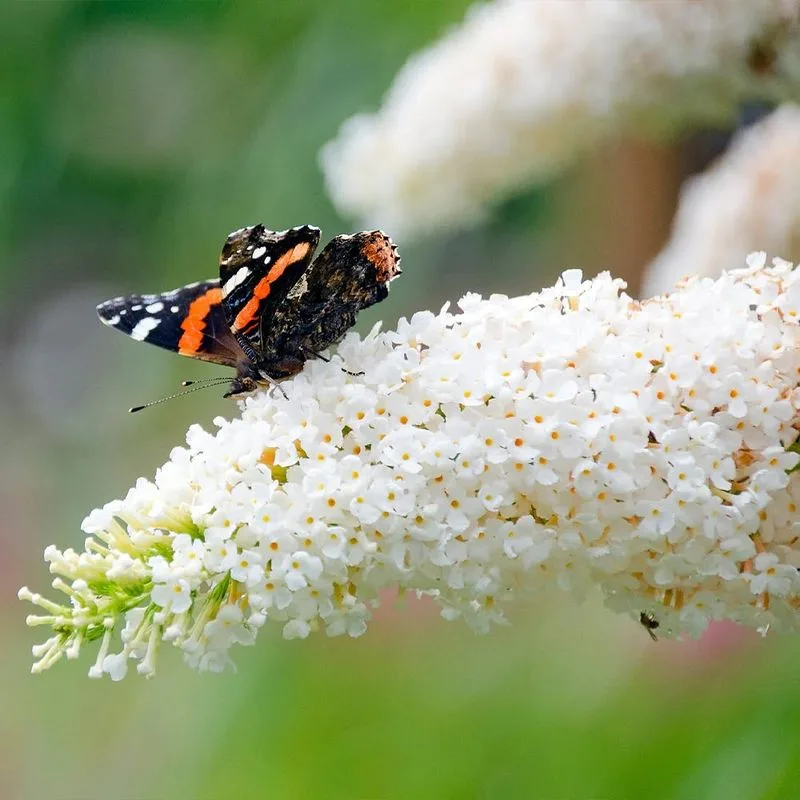
Butterfly bushes are magnets for butterflies with their long, arching branches and purple clusters. Though they generally don’t require frequent division, doing so every few years can prevent overgrowth.
Envision a garden alive with fluttering wings, where butterfly bushes provide both shade and nectar. Properly dividing them allows these plants to maintain their vigor and continue attracting pollinators with their irresistible blooms.
Geraniums
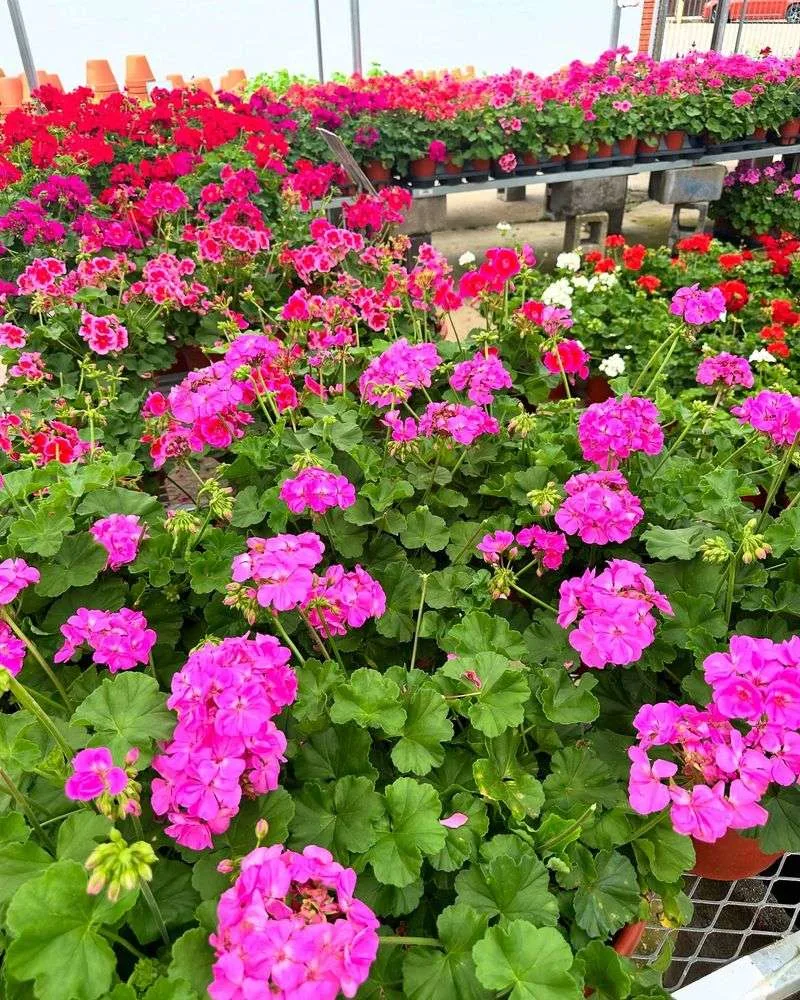
Hardy geraniums are garden workhorses, providing bright blooms and reliable ground cover. Dividing them reinvigorates their growth, ensuring an ongoing display of color.
Picture a garden bed where geraniums spread their vibrant pink and purple flowers generously. Splitting them allows for healthier plants and more prolific flowering, maintaining their status as a garden staple.
Hellebores
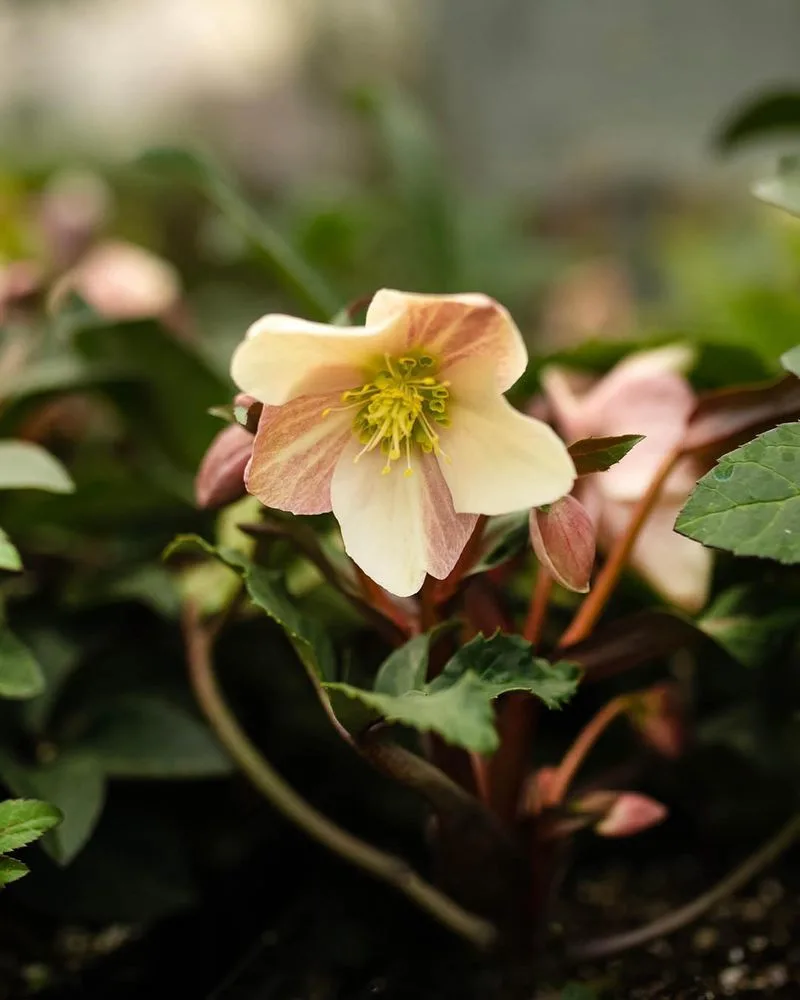
Hellebores, also known as Lenten roses, prefer not to be divided often. These winter bloomers resent disturbance and thrive best when left alone.
Imagine a winter garden where hellebores provide a splash of color amidst the frost. Their nodding flowers bring life to the colder months, making them a treasured addition without the need for frequent splitting.
Bleeding Hearts
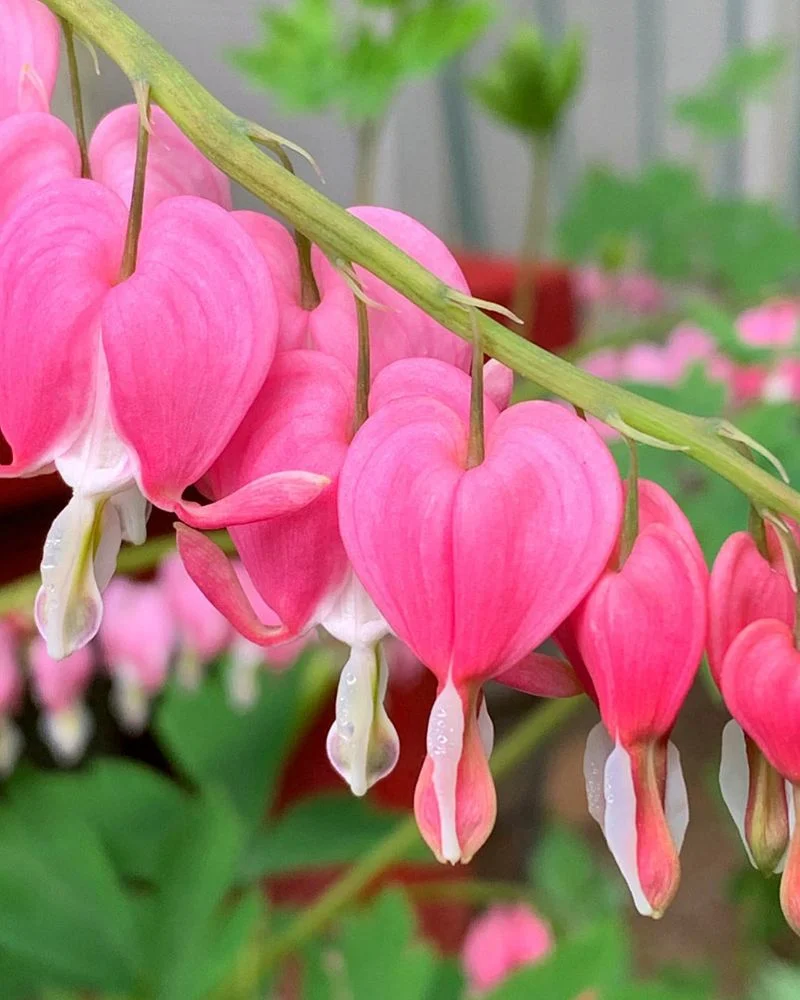
Bleeding hearts are beloved for their arching sprays of heart-shaped flowers. These perennials prefer not to be divided, as they can be sensitive to disturbance.
Picture a shaded garden nook where bleeding hearts hang their pink blossoms delicately. Let them grow undisturbed to enjoy their graceful presence, as they flourish best when allowed the freedom to spread naturally.

